AMG’s 802-hp hybrid S-Class, Hyundai’s N tunes an EV, BMW’s aftermarket M2 mayhem
Mercedes-AMG S-Class goes hybrid, makes 802 hp
Intake: The most powerful S-Class ever has been unveiled with a combination of a twin-turbo V-8 up front and an electric motor at the rear delivering a deranged 0–62 mph time of just 3.3 seconds and a top speed limited to 180 mph. On its own the four-liter motor in the Mercedes-AMG S63 E Performance produces 612 hp, but the S63 always has electricity in its arsenal as well. The 190-hp permanently excited synchronous motor drives the rear axle through its own two-speed transmission and electronic differential. In this so-called P3 hybrid system, the electric motor can bypass the nine-speed automatic transmission that delivers drive from the ICE to all four wheels, or simply add its amps to the combustion power. In electric-only mode the S63 can travel roughly 20 miles on a full charge of its 13.1 kWh battery pack, and has four regeneration modes to recoup energy under braking. That’s on top of the seven—yes, seven—different driving modes available to the driver at any time, which manage different combinations of electric and ICE power to suit the driver’s demands and the road and weather conditions. As if that wasn’t complex enough, there are also three settings for the ESP system, a three-stage AMG parameter steering linked to the driving modes, rear-wheel steering, AMG Ride Control + suspension with adaptive damping, and anti-roll stabilization as well. There are driver aids aplenty, from systems to keep you in your lane, to systems that help keep you awake and even actively steer around obstacles in an emergency. A Level 3 autonomous driving system known as Drive Pilot will be available in regions that allow it in the near future.
Exhaust: The S-Class has always been Mercedes’ boundary-pushing flagship and this might be just about as far as it can go before the company drops internal combustion completely. It would certainly be an impressive way to bow out. — Nik Berg
U.S. Forestry Service begins testing F-150 Lightning

Intake: The United States Forestry Service (USFS) is going electric. To comply with Executive Order 14057—Catalyzing America’s Clean Energy Economy Through Federal Sustainability—which stipulates that any light duty vehicle acquired by a federal agency must be zero-emission beginning in 2027, the USFS has begun testing three Ford F-150 Lightnings in major national forest around the country, according to a report from Outside. The USFS is field testing Ford’s electric pickup in Pennsylvania’s Allegheny National Forest, Michigan’s Huron-Manistee National Forest, and the White Mountain National Forest along the New Hampshire-Maine border. The USFS currently operates 8775 light trucks nationwide, all of which the agency hopes to replace with EVs as they reach the end of their service life.
Exhaust: “[This] research will determine the feasibility of electric vehicles in field-work settings, helping the agency determine the right tool for the job when it comes to electric fleet vehicles,” USFS spokesperson Jason Kirchner told Outside. USFS vehicles occasionally must operate in very remote environments for sustained periods of time, which may make charging difficult. But these are fringe cases; Most of the trucks are operated in settings where they’re parked each night at a fixed location, so in theory, adding charges to where the agency parks the trucks overnight would be an easy solution that could help them significantly cut down on carbon emission, thereby saving the forests they tend to. — Nathan Petroelje
Hyundai teases N version of Ioniq 5 EV

Intake: Buried at the end of a promotional video for Hyundai’s N performance brand is the closest look we’ve seen yet of the high performance Ioniq 5 EV. Scroll to 7:46 on the video below for your first glance of things to come. The only visible difference on the heavily-camouflaged prototype is a unique bumper, which presumably forgoes the aerodynamic benefits of a more solid bumper for cooling vents in the center and at each corner. The twin horizontal slots in the bumper’s lower valence resemble those of the current Ioniq 5, which has retractable cooling doors in this location for improved aerodynamics at highway speeds. It’s likely that such a machine will share its driveline components with the likes of the 576-hp Kia EV6 GT, which on paper looks like quite the proposition. If Hyundai’s electric hatch can supplement its mid-mod styling with an extra shot of crazy, what’s not to like?
Exhaust: Any high performance machine—be it gasoline or EV powered—cannot offer the same level of economy as a regular model, so the Ioniq 5 N’s external design will differ significantly from the one aimed at non-enthusiasts seeking maximum range with minimal drag. While Hyundai’s N sub-brand has proven itself, let’s hope the EV arm of Hyundai Motor doesn’t include the cheesy N-line model with “Race-inspired design” and less range. Then again, Hyundai already makes a Tucson N-line crossover, and you just know the extra margins are worth the effort to the bottom line. — Sajeev Mehta
McLaren offloads portion of heritage collection to fund Artura rollout
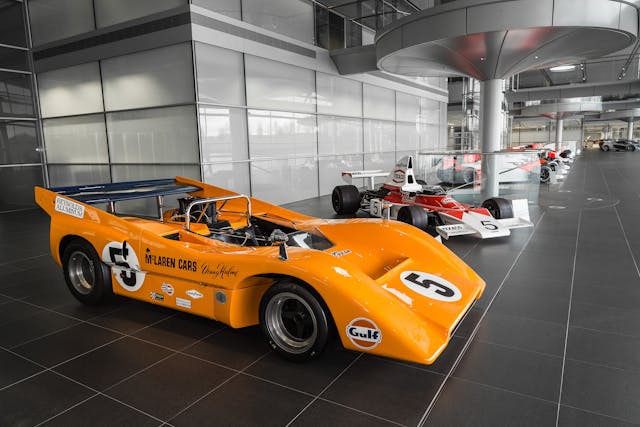
Intake: Following multiple delays for its plug-in hybrid supercar, the Artura, McLaren has had to relinquish pieces of its history to keep the money flowing. According to Bloomberg, the cash-strapped British supercar maker was forced to seek an injection of funds, and Bahrain’s sovereign wealth fund Mumtalakat Holding Co. answered the call, agreeing to support McLaren with an additional $123M. To sweeten the deal for Mumtalakat, McLaren agreed to hand over some of the cars from its heritage collection, but company officials didn’t elaborate on which legendary machines were involved in the transaction. McLaren’s heritage collection includes a few dozen high-performance production cars from various points in its history, as well as several race cars. Despite the infusion from Mumtalakat, more cash is apparently needed; the company reported a $247M loss through September of this year, and its liquidity dropped to as little as $107M through the third quarter.
Exhaust: With so few Arturas reaching customer’s hands and several issues plaguing the car’s development and rollout, it’s DEFCON 1 in Woking right now. We don’t like seeing the company struggle, and hope that it can right the ship in the coming months—without having to give up much more of its storied heritage collection. — Nathan Petroelje
M Performance Parts add visual and aural drama to the BMW M2
Intake: If the new M2 comes across as a little too quiet for you, BMW has the solution with an M Performance Parts package that adds an eyeful of aero parts, and an earful of extra noise. Unpainted carbon fiber is the order of the day, providing a glossy technical look to a new front end, side skirts, mirror caps, side spats, rear diffuser, and rear spoiler—all claimed to enhance the car’s aerodynamic performance. A titanium silencer sheds almost 18 pounds of weight, while “more intensively” bringing out the sound of the M2’s 46o-hp turbocharged straight-six through its four, centrally-mounted tailpipes. Adjustable coilovers lower the car as much as an inch, although the M Division recommends a more conservative 0.4-inch drop. 20 and 21-inch alloy wheels in Frozen Goldbronze or black are available to complete the look. Carbon fiber and Alcantara are used to trim the cabin, and there are new M Performance knee pads that you can brace against when exploring the M2’s cornering capability. Prices will be revealed in time for ordering in April 2023.
Exhaust: Despite shaving off a few pounds and ramping up the aerodynamics, BMW isn’t claiming any actual performance benefits for these M Performance parts at this time. That said, you won’t fail to see or hear it coming. — Nik Berg
Two-thirds of Ford’s U.S. dealers agree to play ball for electric future

Intake: About two-thirds of Ford’s U.S. dealer network has signed up for the automaker’s electric-vehicle certification program, CEO Jim Farley said Monday at the Automotive News Congress in Detroit. Farley said 1,920 retailers have agreed to follow “rigorous new sales standards and invest heavily in EV chargers and training,” Automotive News reported. Of those, Farley said, 1,659 chose the “Certified Elite track,” which requires investing as much as $1.2 million. He said 261 dealers chose the “Certified” status, which requires up to a $500,000 investment but caps EV sales at 25 per year. “Ford has about 3,000 dealerships in the U.S. The company said those that didn’t sign up by last week’s deadline will not be allowed to sell EVs beyond 2023 but will have another opportunity to do so in 2025,” the story said.
Exhaust: That sounds like a healthy take rate, but dealers in New York and Illinois filed protests or lawsuits challenging the program, saying it may violate state franchise laws. Like it or not, electric is the future and dealers will have to invest to give customers what they want. – Steven Cole Smith

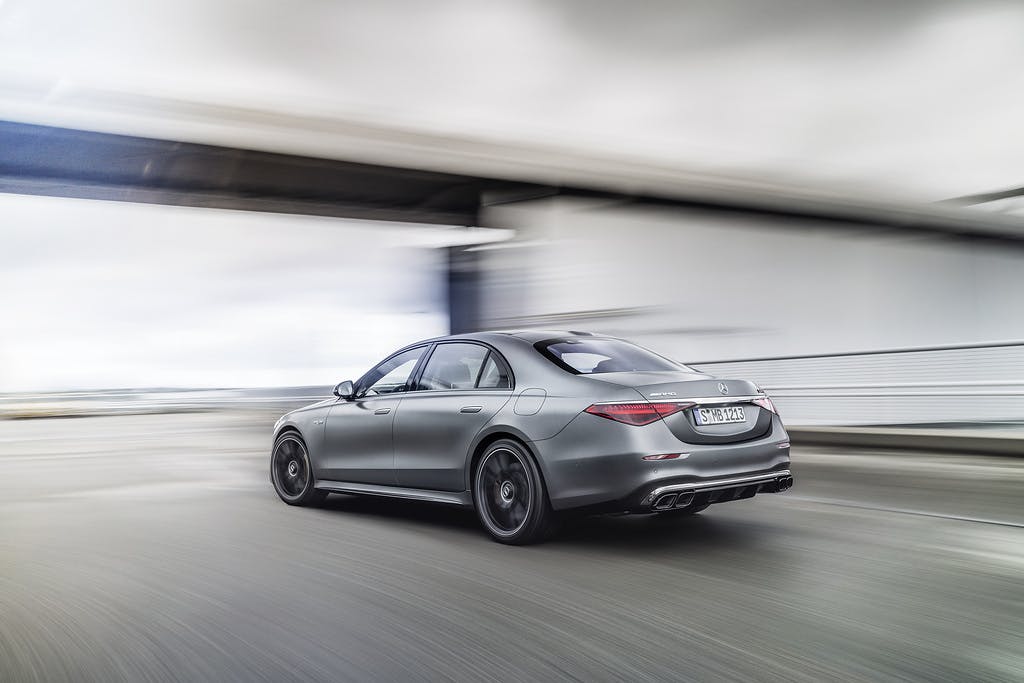
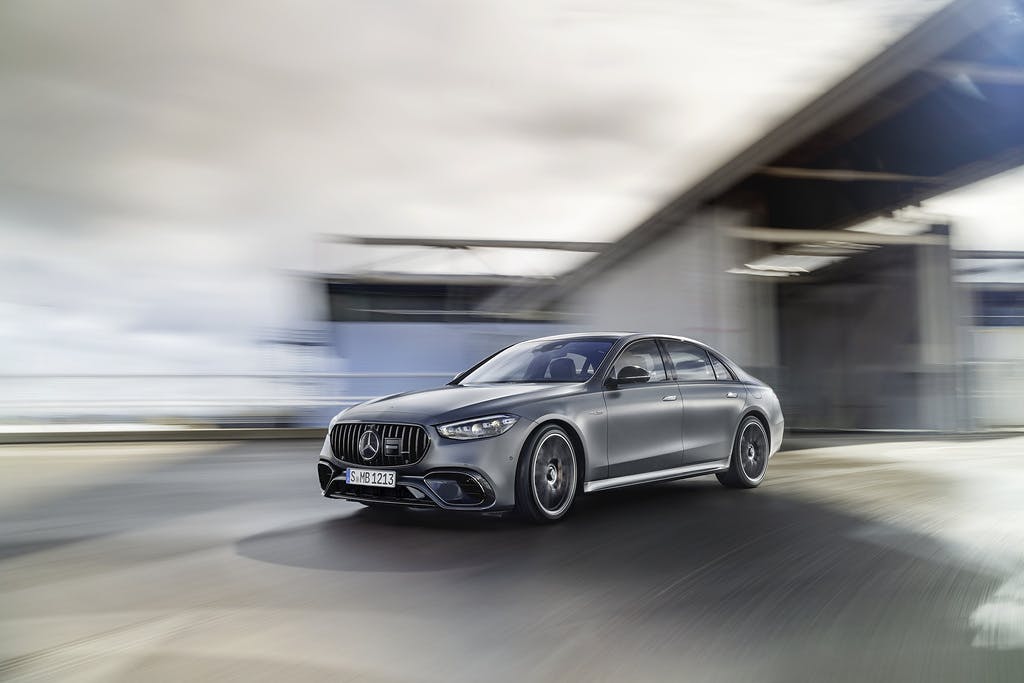
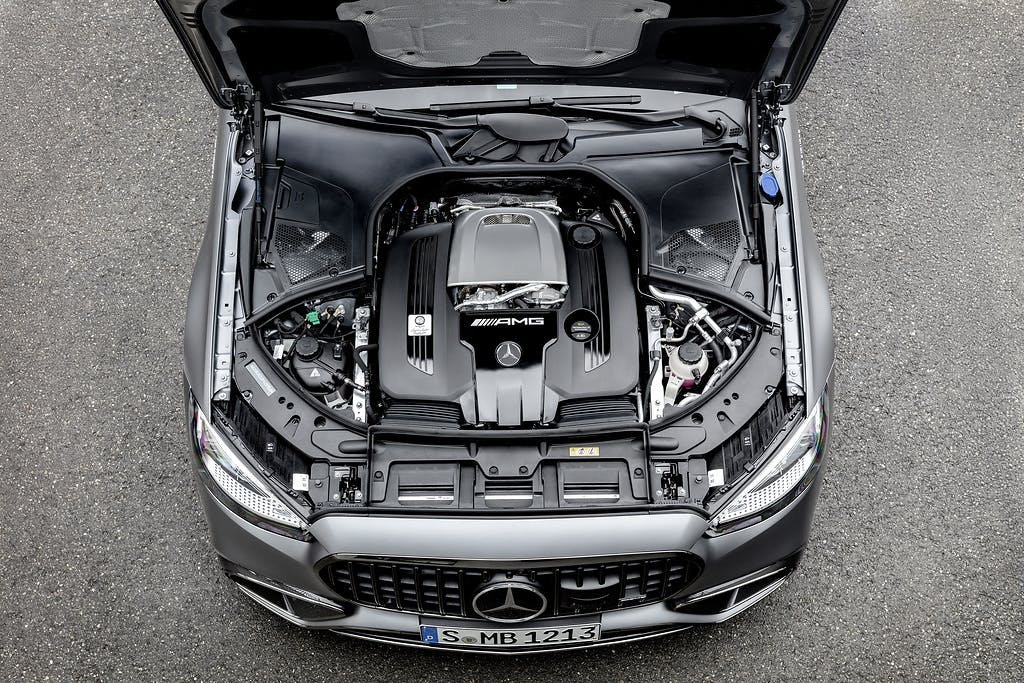

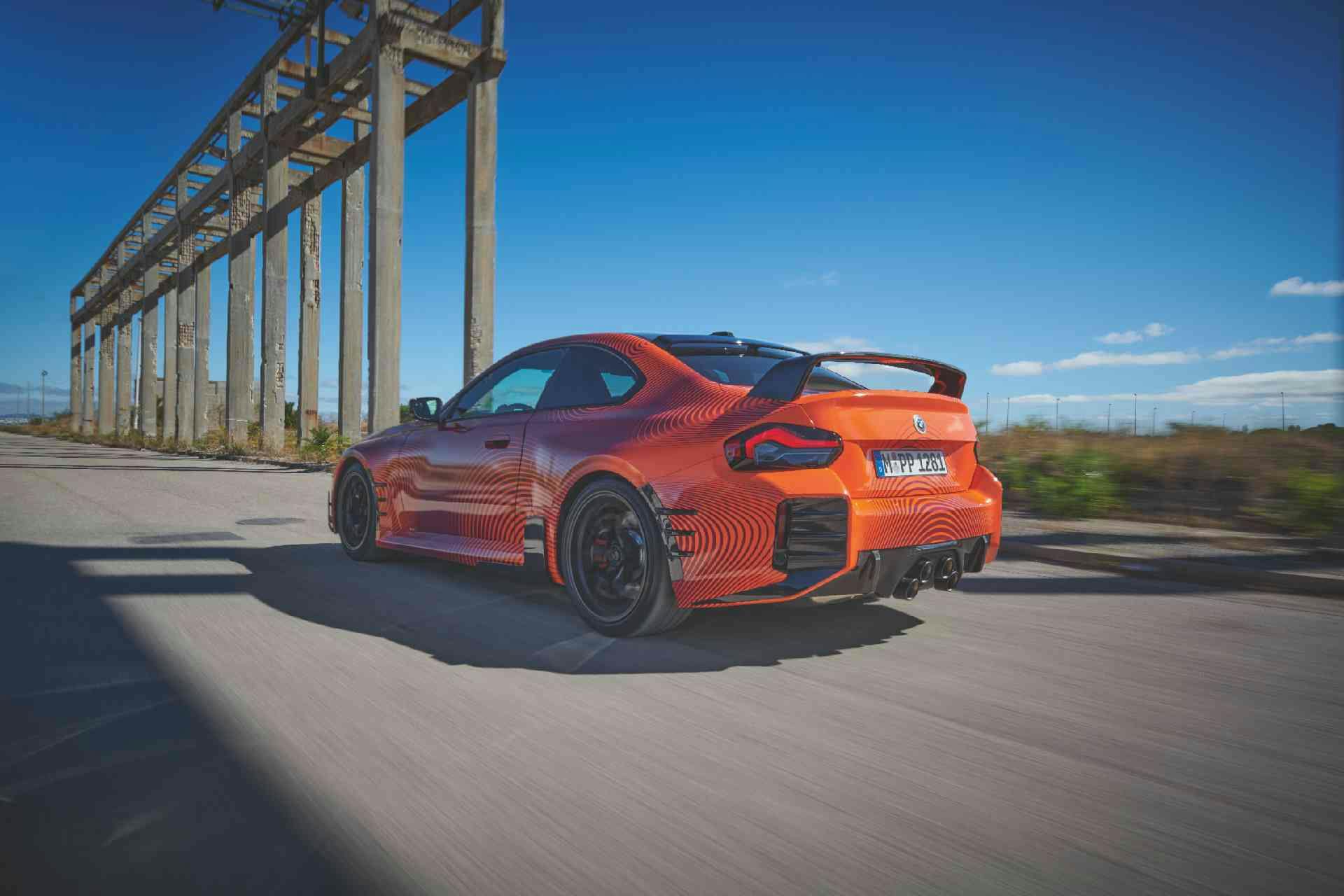
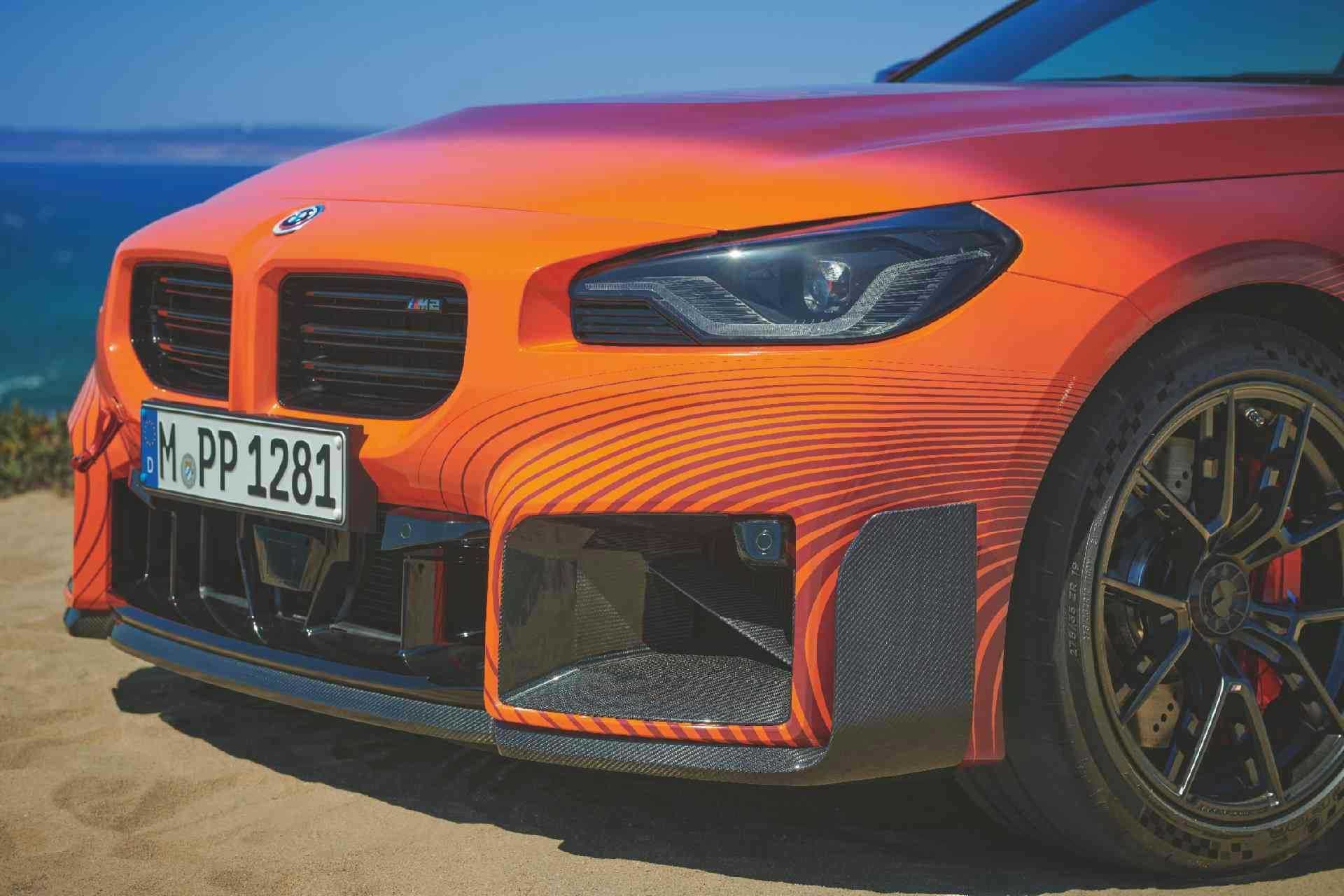

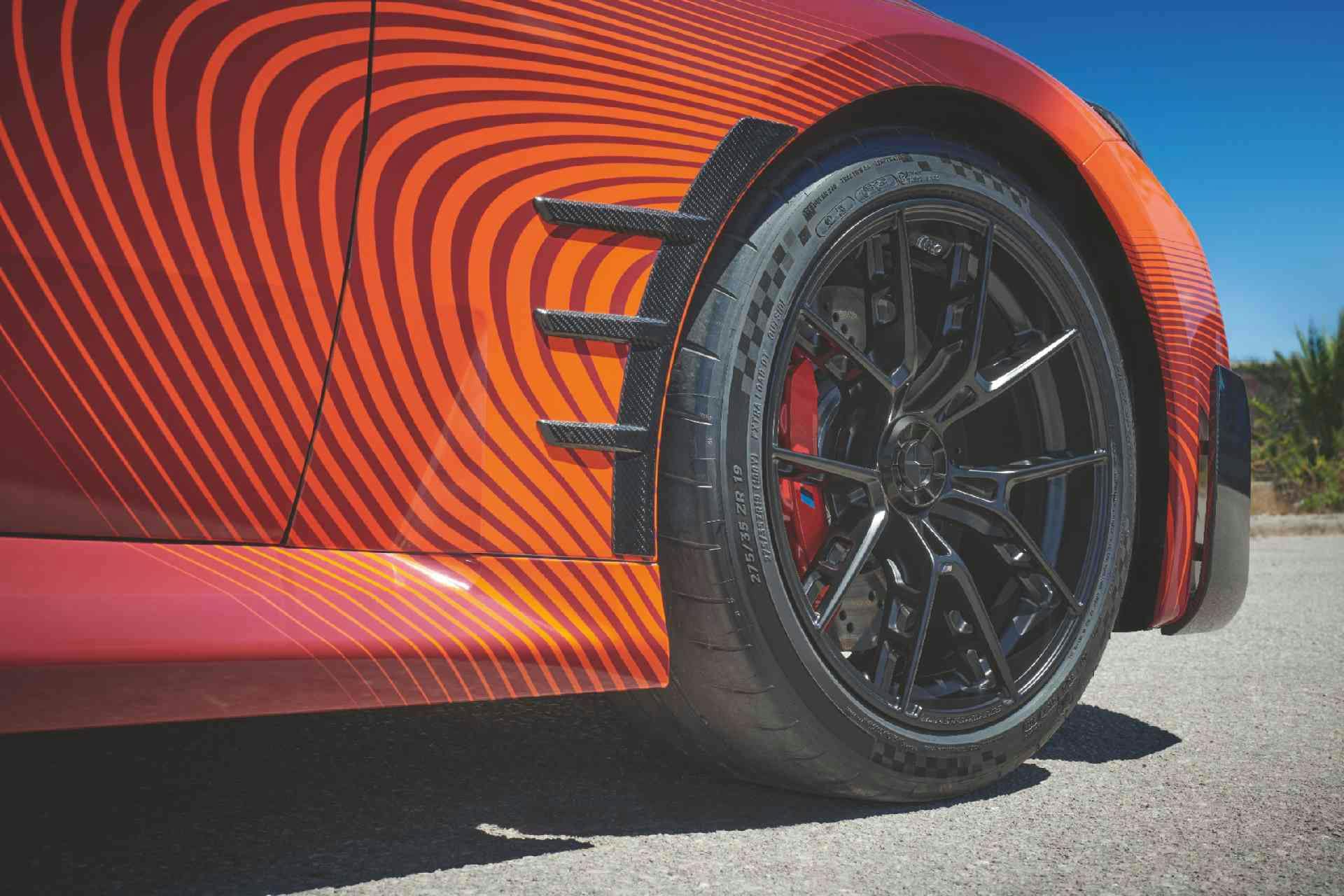
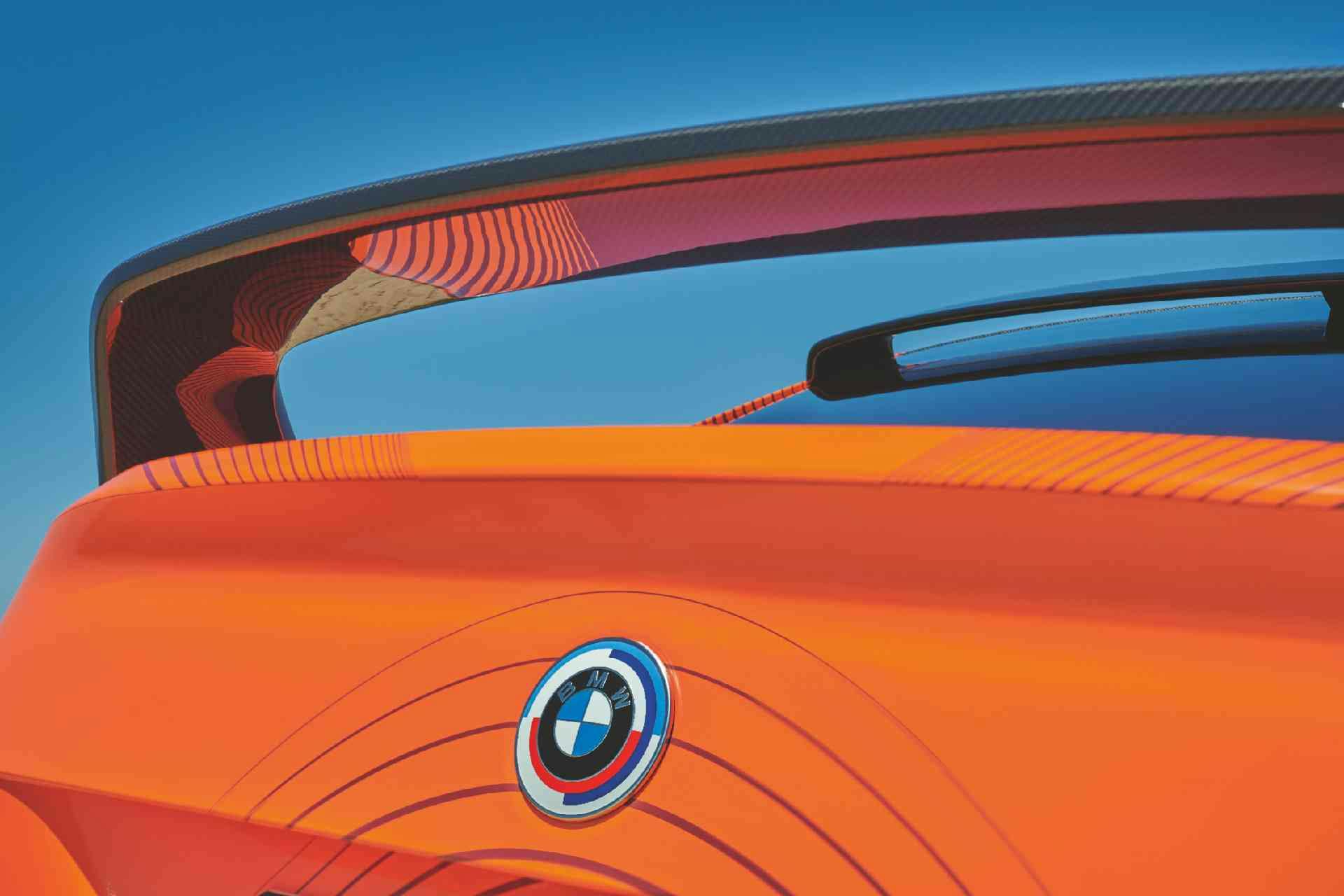
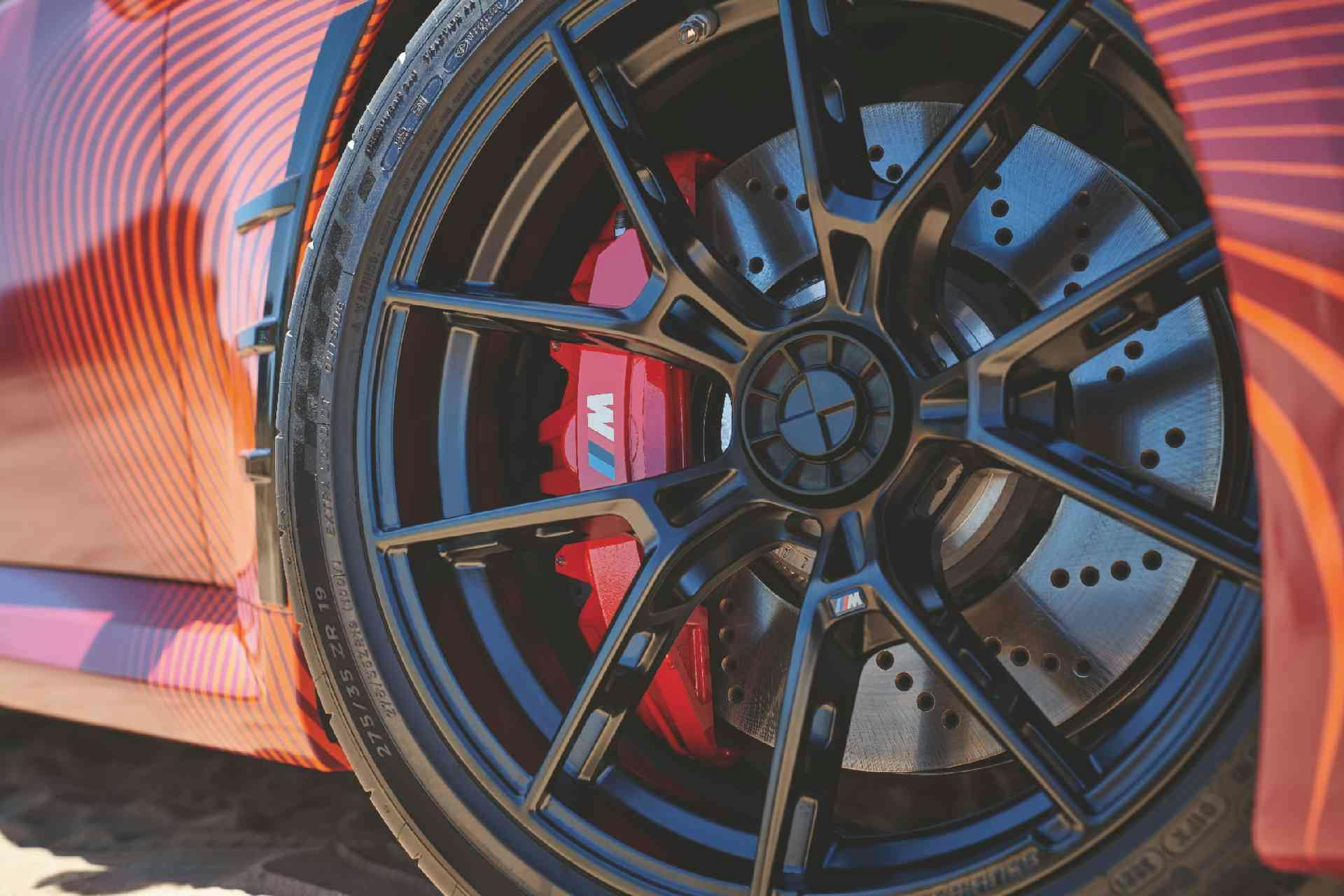


A few things:
1 – Trees eat CO2, so the EV forestry trucks are not “thereby saving the forests they tend to” – if anything, CO2 spewing ICE trucks would be best suited for densely forested areas.
2 – If McLaren is taking money from the Saudis, things are much worse than they are letting on. I would find it hard to believe that McLaren can’t secure a $300M-$550M credit facility from any of the top 20 commercial finance folks in the E.U.
3 – that M2 would look good with Joe Burrow driving it for obvious reasons….
Sad to see McLaren struggling but I imagine other brands are we just hear very little about.
“Like it or not, electric is the future and dealers will have to invest to give customers what they want.”
Electric is not the future because customers want it. Its the future because of groupthink gone wild, becoming politicized, and resulting in goverment mandates that are pushing people into a product that in the long term will prove inferior in many many scenarios. Customers want good vehicles.